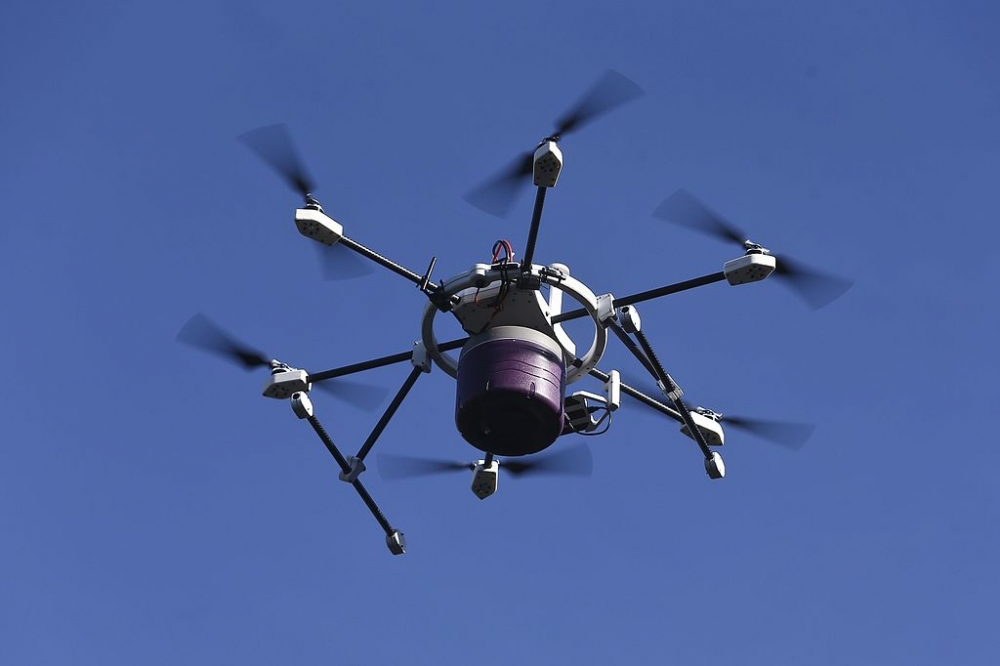Drones and electric aircraft are among the emerging opportunities Australia’s regional aviation sector may be able to tap to promote growth.
The suggestions are contained in an Australian government issues paper on regional aviation policy released for comment on March 4.
The paper looks at the issues ranging from infrastructure to government policies and skills shortages as well as the opportunities available to the sector.
It says the commercial markets for drones has been calculated at $A14 billion in 2018 and was expected to grow to $A43 billion by 2024.
READ: S&P downgrades Virgin Oz as Rex profits fall
It also notes geographic market growth is tipped to shift from North America to Asia.
“These new technologies have important applications for a range of industries, including education and training, agriculture, health and mining – all vital industries in our regions,’’ it says.
“Australia is well placed to benefit and become a global leader in the safe, effective and productive multiple application of drones which appear perfectly suited to regional areas.
“Australia has a supportive, progressive regulatory approach and has strong comparative advantages in terms of good weather, low sovereign risk, proximity to Asia and access to skilled staff that could support a strong, locally-based drone industry and attract drone research and development opportunities.”
The paper also points to new vertical take-off and landing aircraft, battery technology and electric motors that could transform the economics of regional passenger services.
“The uptake of new technologies in Australia and internationally may also open up new opportunities for regional communities to diversify their industries by developing and providing new aviation products,’’ it says.
“Regional universities often play an important role in this, by building local ecosystems that promote regions, attract investment and provide export opportunities.
“For example, the University of Southern Queensland is conducting research into advanced composites for aerospace applications, creating partnerships with local and international businesses and promoting the region.”
Other potential opportunities canvassed by the paper include regional tourism and aviation training that would capitalize on the expected demand for pilots globally and in the Asia-Pacific region.
“The Issues Paper will help all stakeholders assess the challenges, risks and opportunities for regional aviation operators and the communities in which they operate,” Transport Minister Michael McCormack said.
“It will identify how community access and the delivery of goods and services can be better supported to improve transport connectivity.
“The benefits the aviation industry can offer regional communities are enormous and that’s why we are committed to getting our policy statement right.”
Submissions will be accepted until April 17, 2020, and the paper is the first of several addressing key issues impacting the Australian aviation industry.
























